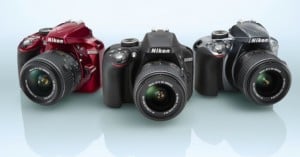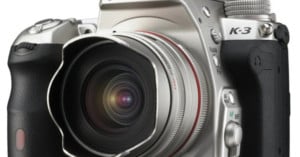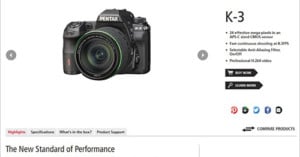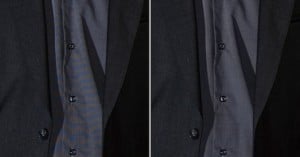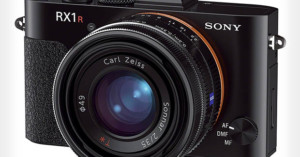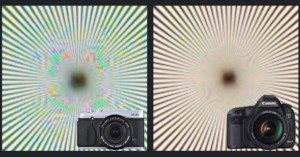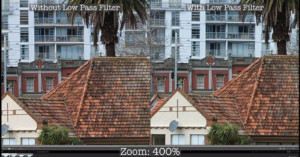
How an Anti-Aliasing Filter Impacts a Camera’s Photos
Some cameras on the market these days leave out the traditional optical low pass filter (OLPF), also known as the anti-aliasing filter, to increase sharpness at the expense of increase moiré patterns. If you're not sure what exactly this trade-off is, check out this 10-minute comparison video by New Zealand-based wedding photographer Richard Wong.
